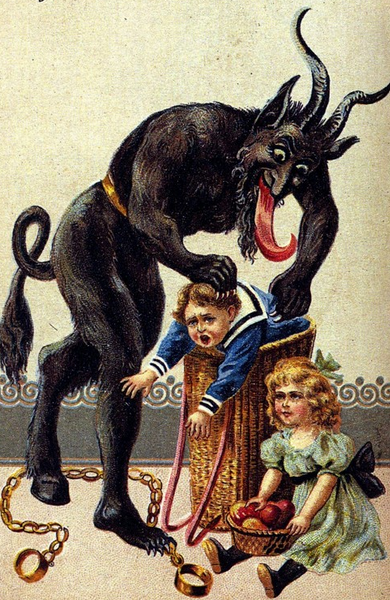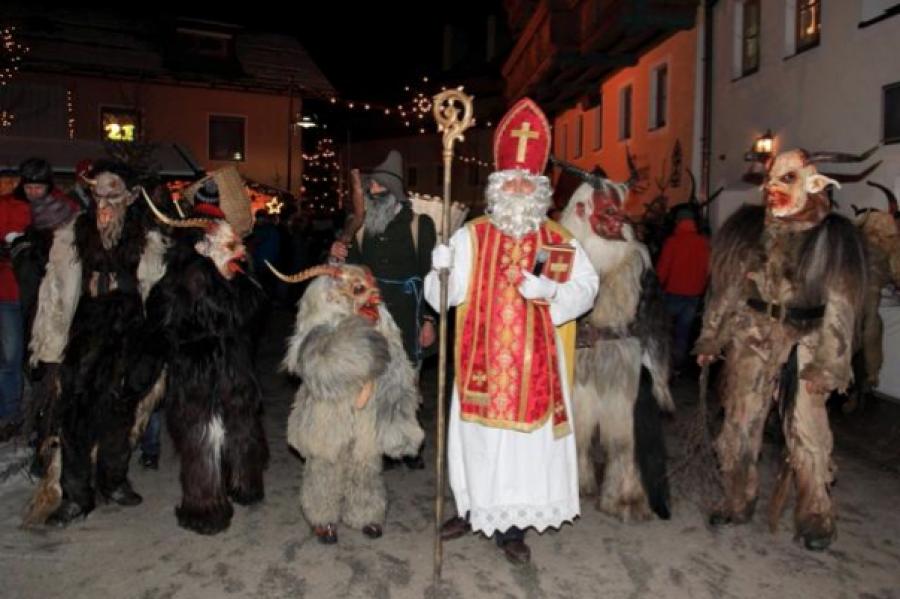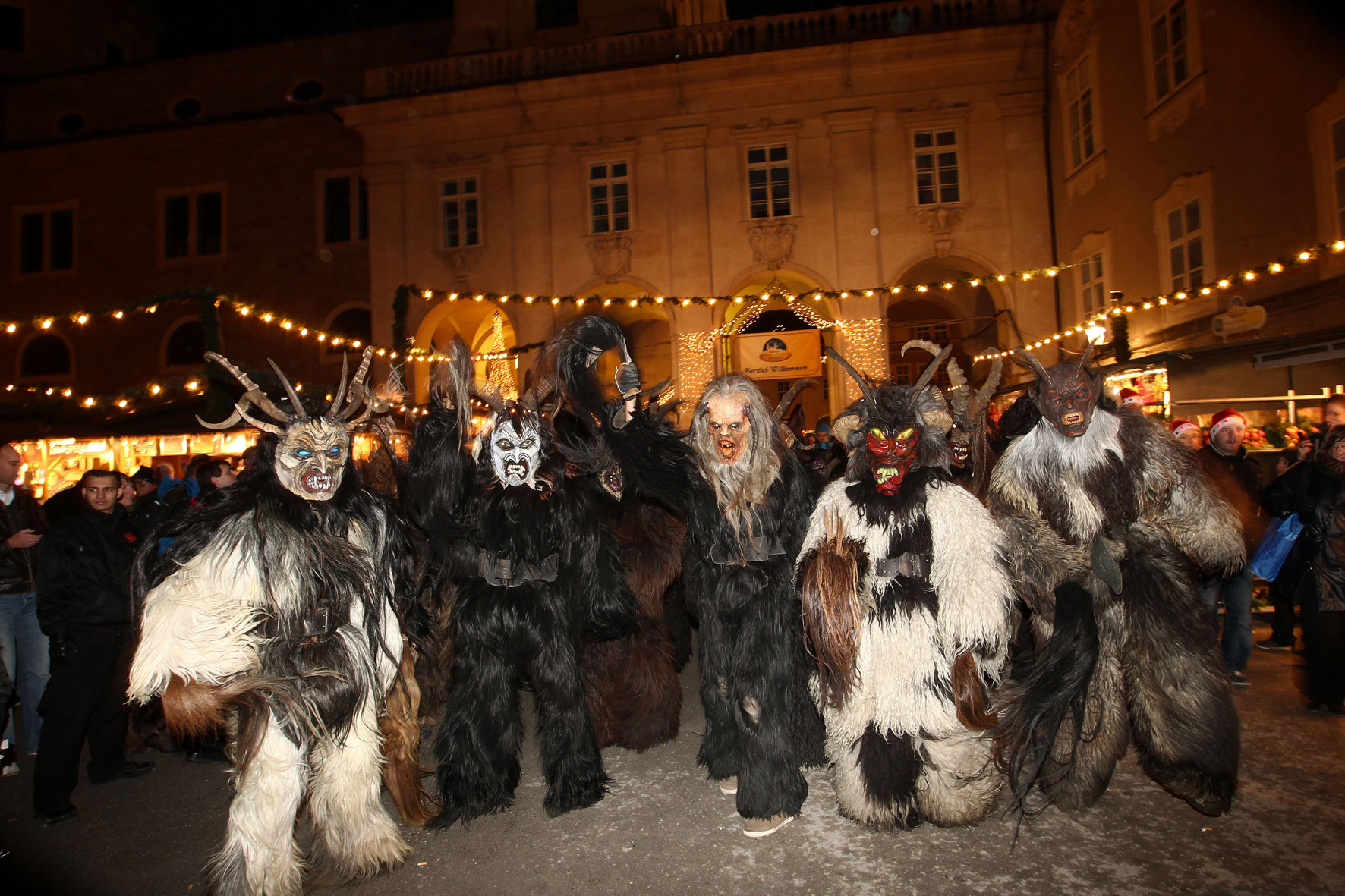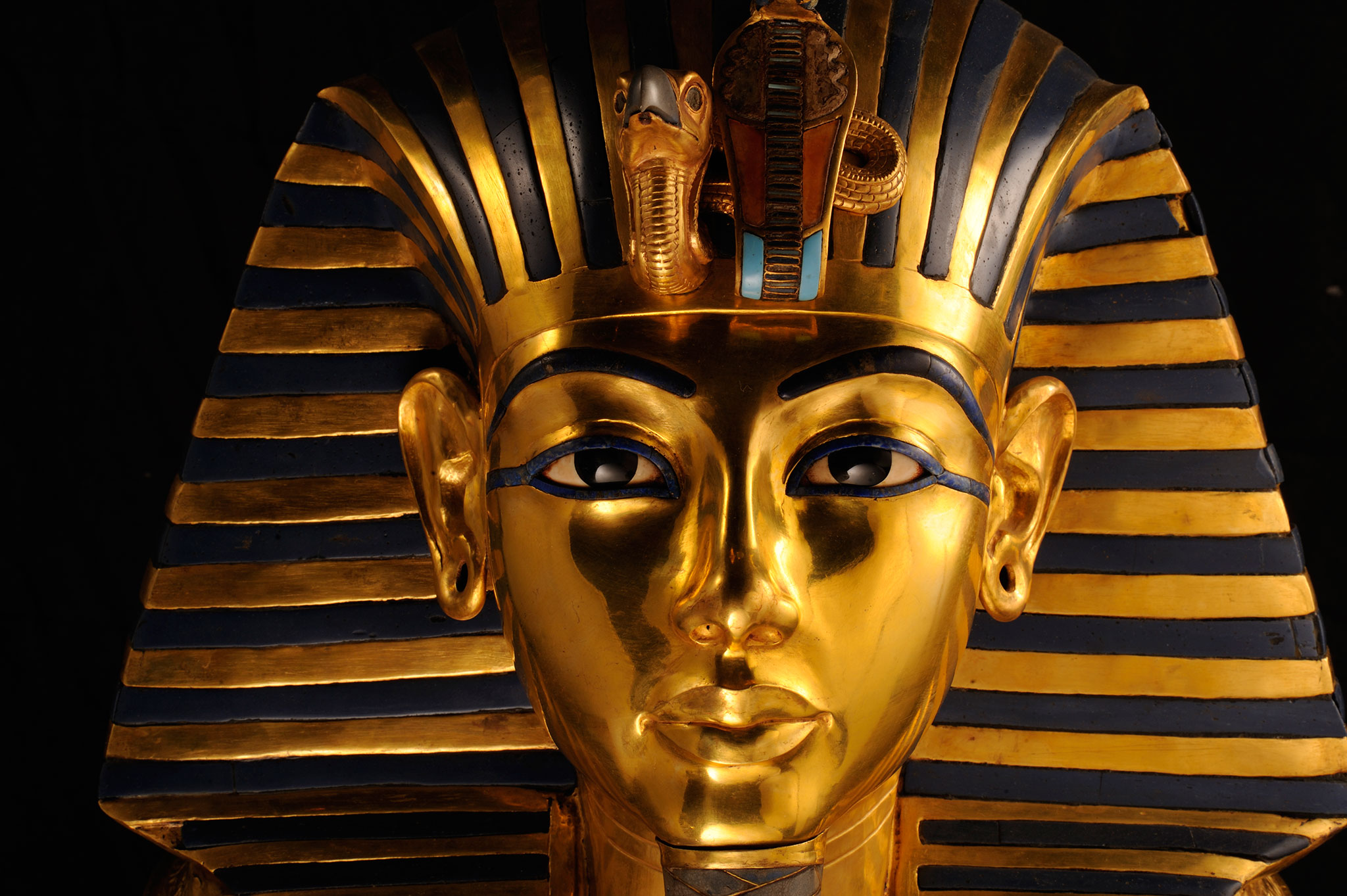
I got these Christmas tree decorations–the Red Queen, the Cheshire cat, and the White Rabbit–at the Alice in Wonderland shop in Oxford.
Happy birthday! Wolfgang Amadeus Mozart was born in Salzburg on January 27,1756 and Charles Lutwidge Dodgson (later known as “Lewis Carroll”) was born in Cheshire, England on January 27, 1832. Both created famous female characters steeped in mystery and magic.
Mozart’s opera The Magic Flute features the Queen of the Night. She is first introduced as the desperate mother whose beloved daughter was kidnapped. But it ultimately appears that she is the villain of the story, who wants to steal the powerful Circle of the Sun. In many ways the Queen of the Night can be regarded as an early symbol of a free woman, given that she claims something which she regards as her legitimate heirloom, but whose property she was denied because she is a woman. She strongly resents this, and is willing to defy the patriarchal order who denies her all authority by any mean she can. She can also be regarded as a symbol of ignorance, either one who covets the Enlightenment she was denied or one who wants to destroy said Enlightenment out of intolerance.
When Dodgson was a professor at Oxford, he created the Alice in Wonderland character. She is also a free woman who sets out on her own to explore the strange alternate universe known as “Wonderland.” Both Alice and the Queen of the Night seem to depend on magic–Alice needed the bottle marked “Drink me” as well as the cookie marked “Eat me” and the Queen’s power and position is threatened by the sorcerer Sarastro–but neither seem to be completely in control of the magic they depend on.
When I’ve been to Oxford, I have seen many of the places that also appear in the Alice stories, such as the tree that the Cheshire cat sat in and the small door known as the “rabbit hole” in the dining hall. There is a small store there that features nothing but Alice-related items.
You can see great spoofs of the famous Queen of the Night aria here and here. Enjoy!




